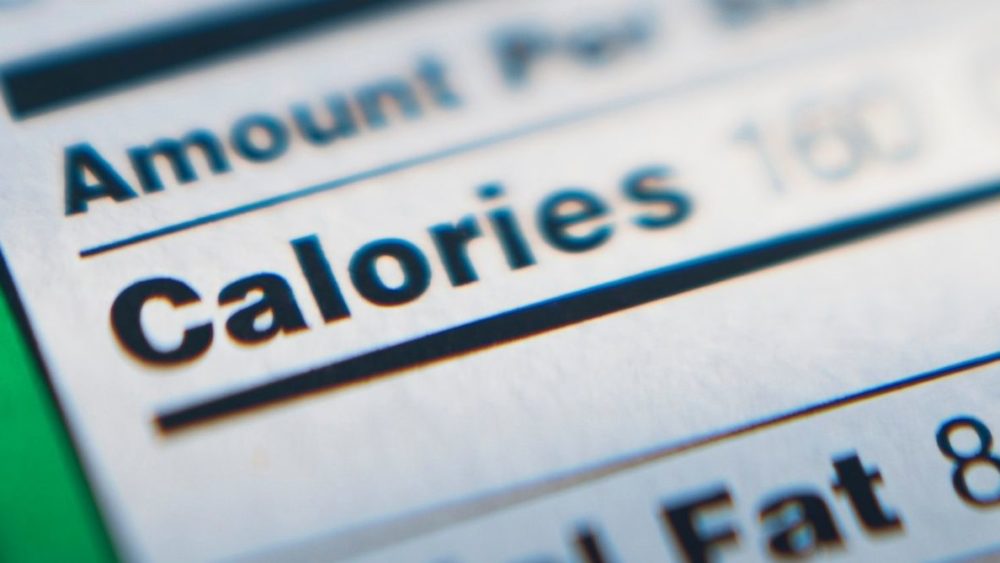
Calories. Calories. Calories. There have been hundreds and thousands of recommendations towards what to eat, but something I feel people have always clung to, no matter what, is the idea of calories in MUST be less than calories out if we want to “lose” weight. I have to say though, with so many people who believe this, it’s funny a lot of people still subscribe to the idea that they have to eat every few hours. Go figure. I digress.
Let’s begin this discussion with what a calorie is. A calorie is simply a measurement of energy. The earliest texts credit two Frenchmen, P. A. Favre and J.T. Silbermann, and a German physician, Julius Mayer, with the discovery. A calorie was originally used as the measurement of energy needed to heat one kilo of water to Celsius. Now, over time, it made it’s way into food and nutrition via the bomb calorimeter. A bomb calorimeter is a CLOSED system that will ALWAYS reach equilibrium once you put something in it and combust it. This is how we derived the facts that 1 gram of protein/carbohydrate is equal to 4 calories worth of energy and 1 gram of fat is worth 9 calories of energy. The bomb calorimeter is presented with these “fuels” burns them, and the change in temperature to a neighboring tube is noted.
Now, let’s look at this from a standpoint of basic arithmetic just to illustrate on a very simplistic level how illogical the “energy balance” theory is. If I am trying to calculate how many calories I would have to consume in order to lose weight or gain, whatever your desire may be, what would my math equation look like? Well, let’s have a look. Just for further clarity, there is exactly 3,500 calories in 1lb of fat.
So, let’s say I decide that I need to lose 15 lbs. I’m overweight and I think this is a very attainable goal. Well, if I use this premise, I need to be sure that I am taking in 3,500 calories LESS than what I expend in exercise. Ok. So, say I decide to workout 1 hour a day. And I decide to consume only 1,000 calories a day. I Googled average calorie expenditure in one hour for jogging. Let’s say for the sake of argument, it’s a hard pace too. That’s where I derived my 1,200 number.
So, every day for 7 days out of the week: 1,000 (in) – 1,200 (out) = – 200 cals
Now, total for the week: -1,400 cals. Over the course of 3 weeks, I should be close to my goal of 3,500 calories. So what we’re saying is essentially:
21,000 cals (in) – 25,200 cals (out) = 1.2 lbs of fat (because 4,200 calories should be equal to 1.2 lbs of fat)
Now, those of you still with me, I know math can be so nauseating, what’s wrong with this equation? Well, as we all know going back to our 8th grade math class: a valid equation cannot use TWO DIFFERENT MEASURING UNITS. A calorie is a MEASUREMENT OF ENERGY. A pound is a MEASUREMENT OF MASS. The above equation would have to compute to -4,200 calories; it can’t magically change to a completely different unit of measurement. Does – 4200 calories equal 1.2 lbs of specifically fat? How the hell do I know? A bomb calorimeter would say yes. But, as I mentioned, a bomb calorimeter is a CLOSED SYSTEM that ALWAYS reaches equilibrium. Are you, a human being, who expends energy simply by keeping your eyes open, a closed system? ABSOLUTELY NOT.
So, why is it that you eat only 500-1,200 calories a day, and work out “hard” for 1-2 hours and can’t seem to lose any weight? Well, aside from hoping a calorie will magically turn into a unit of mass, the more important question is what KIND of calories are you consuming?
Calories can come from food or drink and more specifically, 3 kinds of macronutrients and a 4th if you want to be really picky.
Protein, Carbs, and Fat (the fourth would be alcohol). All 3, when ingested, will cause your pancreas to release insulin. HOWEVER, carbohydrates will cause the pancreas to release it at a much HIGHER and FASTER rate. Insulin is your body’s storage hormone. So, let’s take a look at your breakfast, lunch and dinner.
Breakfast: A nutrigrain bar or special k bar or maybe cereal or maybe just a banana and a slice of toast.
Lunch: Half a sandwich, or maybe a slice of pizza or some fast food.
Dinner: Some chicken with a whole lot of pasta or rice.
The signal you’re sending your pancreas, every time you eat, is to store the food you’ve consumed FAST. Yes, protein and fat will release insulin, but not remotely as high or fast. Your stomach has to take time to digest protein and fat. They offer a buffer to how fast your insulin gets in your blood. Carbohydrates offer no such buffer.
So, you send high and fast storage signals to your blood 3 times a day at a minimum, possibly more, and then work out “hard” for possibly 30 minutes to an hour, and expect real change to happen by use of the “energy balance” theory. This is, as you can see, a very flawed premise.
I realize I threw a lot at you so if you have questions please feel free to email me at jobie@crossfitvirilis.com
